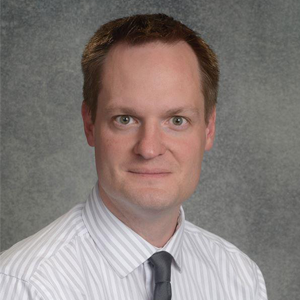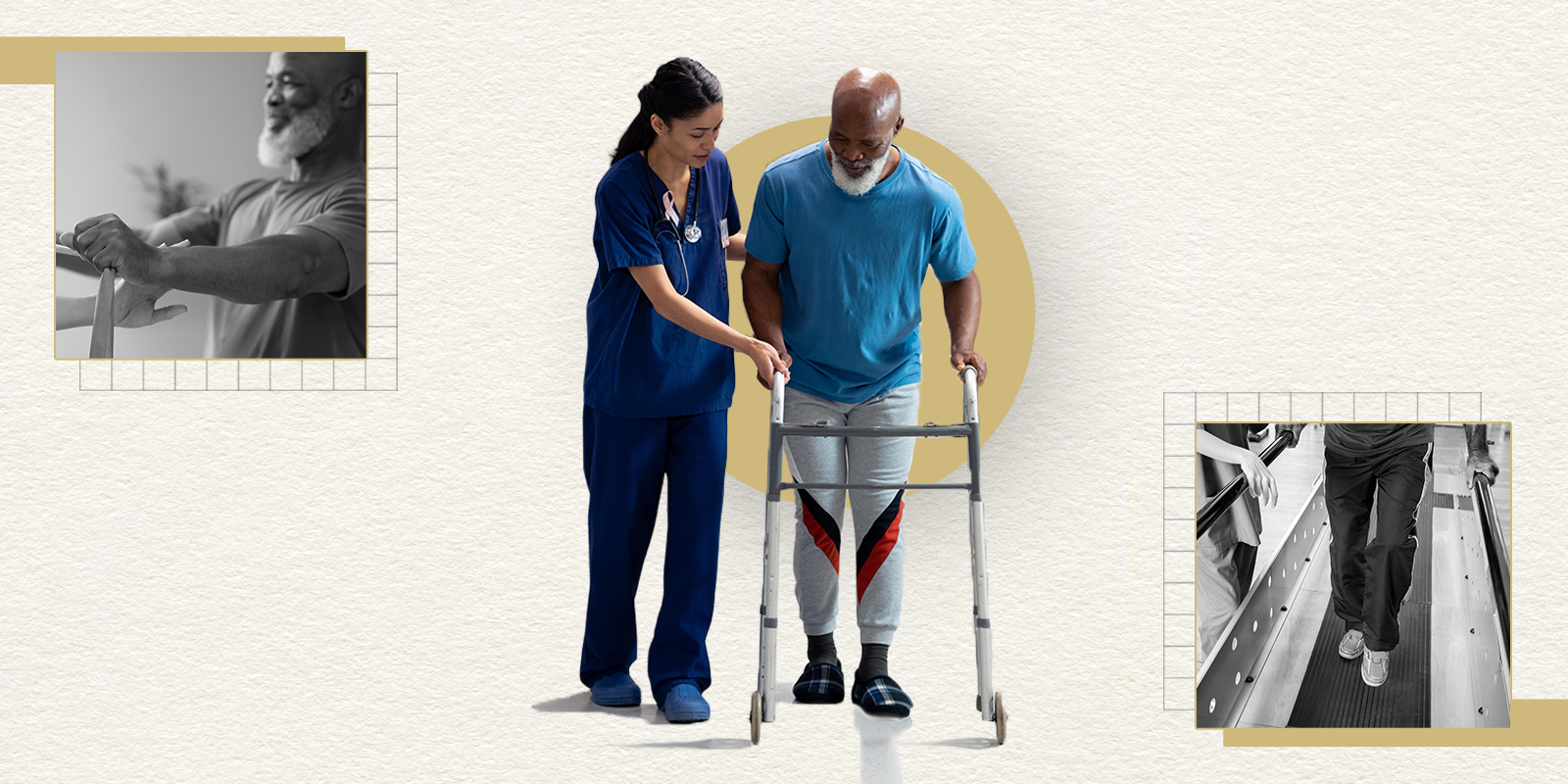Each year, an estimated five million Americans age 60 or older will experience some form of elder abuse, neglect, or exploitation. Daniel Lindberg, MD, professor of emergency medicine in the University of Colorado School of Medicine, has seen an increase reflected in elder abuse cases in the emergency department at UCHealth.
“We’re up to four elder abuse consults per week. That’s twice the volume this year compared to last year, and last year was twice that of the year before” he says.
Elder abuse extends beyond physical abuse seen by emergency physicians. Elders experience neglect, abandonment, and emotional, sexual, and financial abuse. A major challenge Lindberg identifies is that elder abuse cases are handled differently than other abuse cases due to the lack of nationwide guidelines for identifying and reporting maltreatment of elders.
While most leading children’s hospitals have dedicated, multidisciplinary teams to address concerns for child maltreatment that arise in the hospital, only three hospitals in the country have dedicated teams for vulnerable older adults. UCHealth, which implemented the CU Vulnerable Elder Services, Protection and Advocacy (VESPA) team, is one of them. There’s an opportunity to increase awareness and combine resources to protect all abused patients, Lindberg says.
“Child abuse, elder abuse, and intimate partner abuse are seen as different topics, but in the medical community, we need to see them as the same topic,” says Lindberg. “We won't be as successful accelerating research in family violence if we focus only on the individual victims. We need to focus on improving care for the whole family.”
Lindberg is principal investigator for the CU Family Violence Recognition Lab, which studies family violence recognition and provides care for families dealing with violence. The lab partners with VESPA and the CU Kempe Center for the Prevention and Treatment of Child Abuse and Neglect for injury detection and methods for overlapping family violence issues.
Through these collaborations and partnerships, Lindberg hopes to reduce cases of elder abuse and set a strong model for family violence research and collaboration on a national scale.
Challenges with identifying abuse
The Family Violence Recognition Lab has conducted extensive research on screening protocols to identify child abuse in the emergency department; however, there is no single tool capable of identifying all cases. Lindberg hopes to improve research practices and screening for all types of abuse, especially elder abuse.
“There is no single blood test or x-ray that will diagnose maltreatment in anyone,” he says. “Medical providers often don’t code for abuse the way they would for a diagnosis of pneumonia. From a clinical standpoint, that’s not really a problem. If an older adult needs to be in a different setting for safety purposes, say an assisted living facility rather than their child’s home, then I don’t necessarily need to determine if they slipped down the stairs accidentally or if they were pushed. From a research standpoint, when it comes to predicting these things ahead of time, then it really does matter.”
Being able to predict an unsafe situation isn’t easy, he says, and there will need to be more research and collaboration with abuse-specific specialists to make progress in preventing abuse.
In a publication Lindberg co-authored in 2020, researchers explored how experiences of child abuse pediatricians could be used to inform health care providers focused on improving elder abuse. Child abuse researchers have assembled a substantial amount of data and used multiple methods to substantiate patterns suggestive of abuse, but recent systematic reviews have not found any elder abuse intervention strategies whose efficacy is supported by strong evidence.
Lindberg highlights that a major area for improvement is to build more teams of researchers that specialize in abuse. Pediatricians who specialize in child abuse have been critical to the growth and advancement of the field, providing leadership, conducting high-impact research, training others, and caring for victims and families. This offers a model for elder abuse, which currently has no formal or informal training for health care providers to become specialists. Through this model, there are opportunities to introduce medical students and fellows who want to specialize in the field.
Lindberg says that building teams of abuse specialists who facilitate “whole-family care” could also have a ripple effect in lowering cases of elder abuse.
The ‘whole-family’ approach
“We're learning more and more that new solutions to family violence and child maltreatment need to be policy changes,” he says. “If we can help people deal with the big stresses in their life, like paying rent and childcare, it could lead to fewer cases of abuse.”
Child, intimate partner, and elder abuse are all types of family violence with significant medical and social consequences for victims, perpetrators, and their families. As described in another paper Lindberg co-authored, elder abuse cases often are part of a larger issue of violence in the family.
That’s why partnerships with the Kempe Center for the Prevention and Treatment of Child Abuse and Neglect and VESPA are critical. Focusing on family violence as a whole will allow health care providers to provide the appropriate care and supports. Lindberg mentions that the CU Anschutz Medical Campus has a strong model of whole-family care, but it is one of very few programs that exist.
With very few programs like VESPA or the Kempe Center in the U.S., Lindberg is concerned that physicians and hospitals in other states won’t have the proper team to support abuse victims.
“About 10% of community-dwelling elders experience maltreatment,” Lindberg says. “Often, emergency physicians, hospitalists, and pediatricians are forced to figure out how to handle the case, not just clinically, but the whole abuse case themselves. This is worrisome for me, since the knowledge and experience needed to get this right can be pretty sophisticated, and since the stakes are so high.”
Lindberg explains that national policies could be a final piece of the puzzle in improving and supporting the whole-family care approach. He says the child tax credit issued by the government during the COVID-19 pandemic provided both a financial and emotional relief to families.
Lindberg and his colleagues expected an increase in child abuse cases during the pandemic but were pleasantly surprised when that wasn’t the case. Lindberg explains that the child tax credit supported the basic needs of many families, which he suspects put families at less risk for violence.
“We're learning more and more that new solutions to family violence and child maltreatment need to be policy changes,” he says. “If we can help people deal with the big stresses in their life, like paying rent and childcare, it could lead to fewer cases of abuse.”
If you are concerned about a child who may be experiencing maltreatment, call 1-888-CO-4-KIDS. If you are concerned that an older adult is experiencing maltreatment, call your county’s Adult Protective Services.




